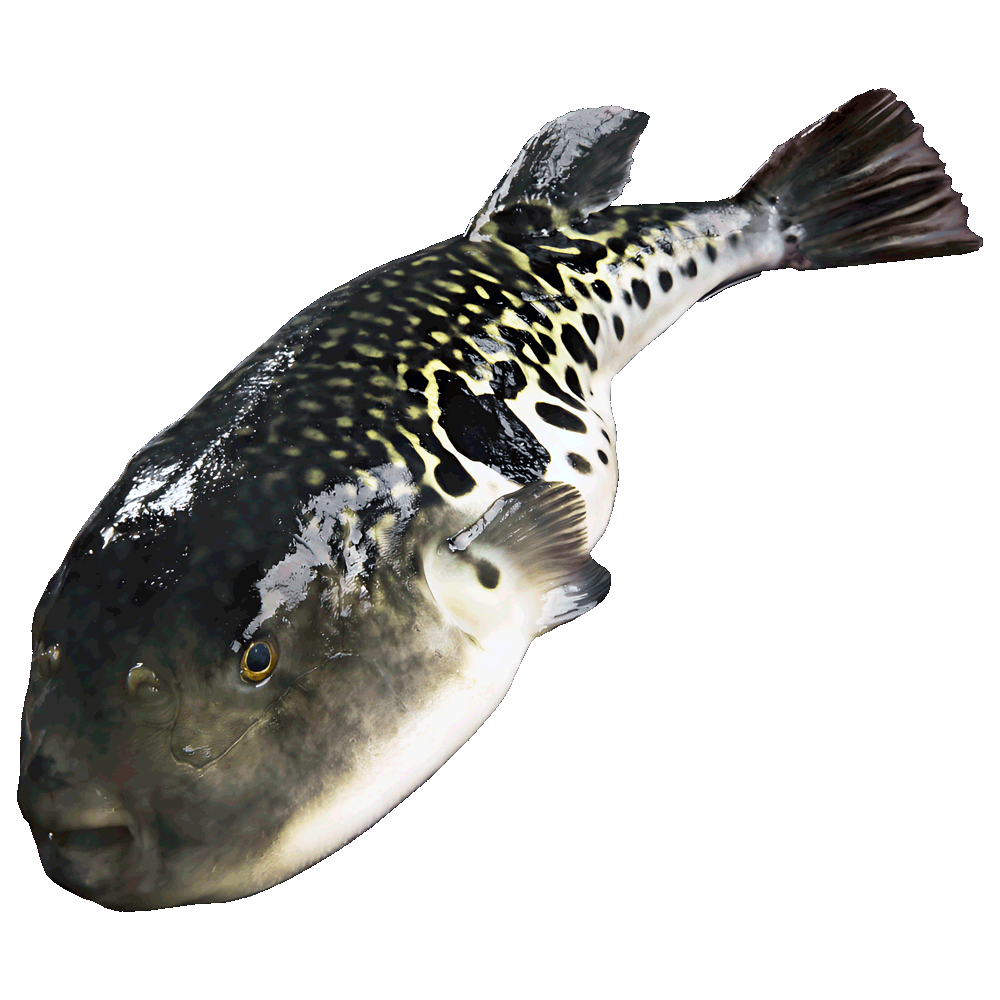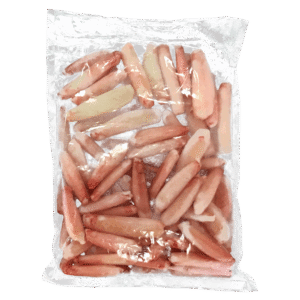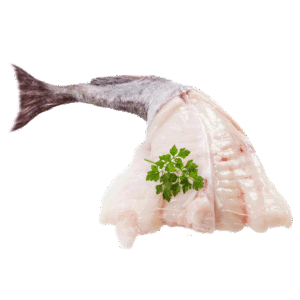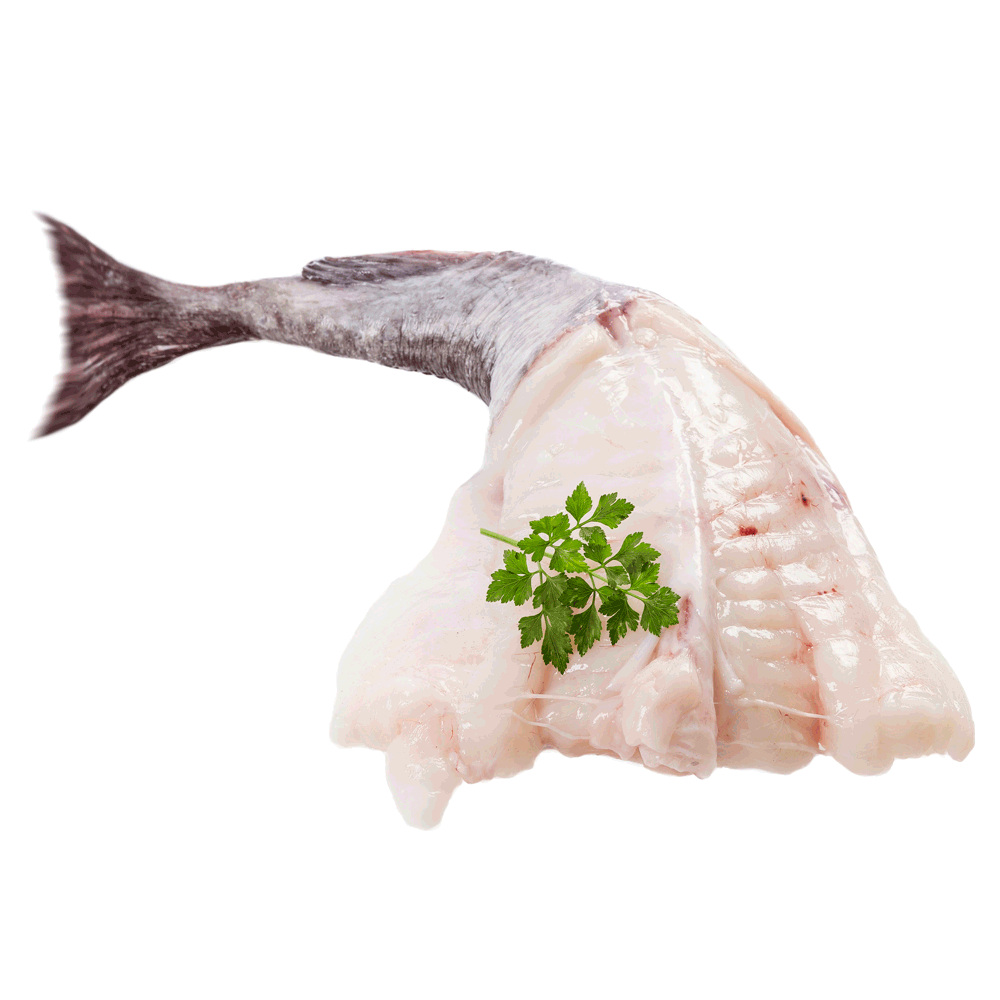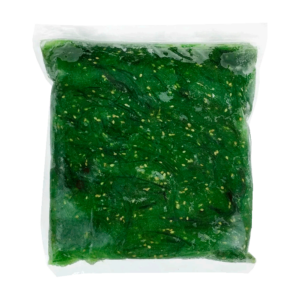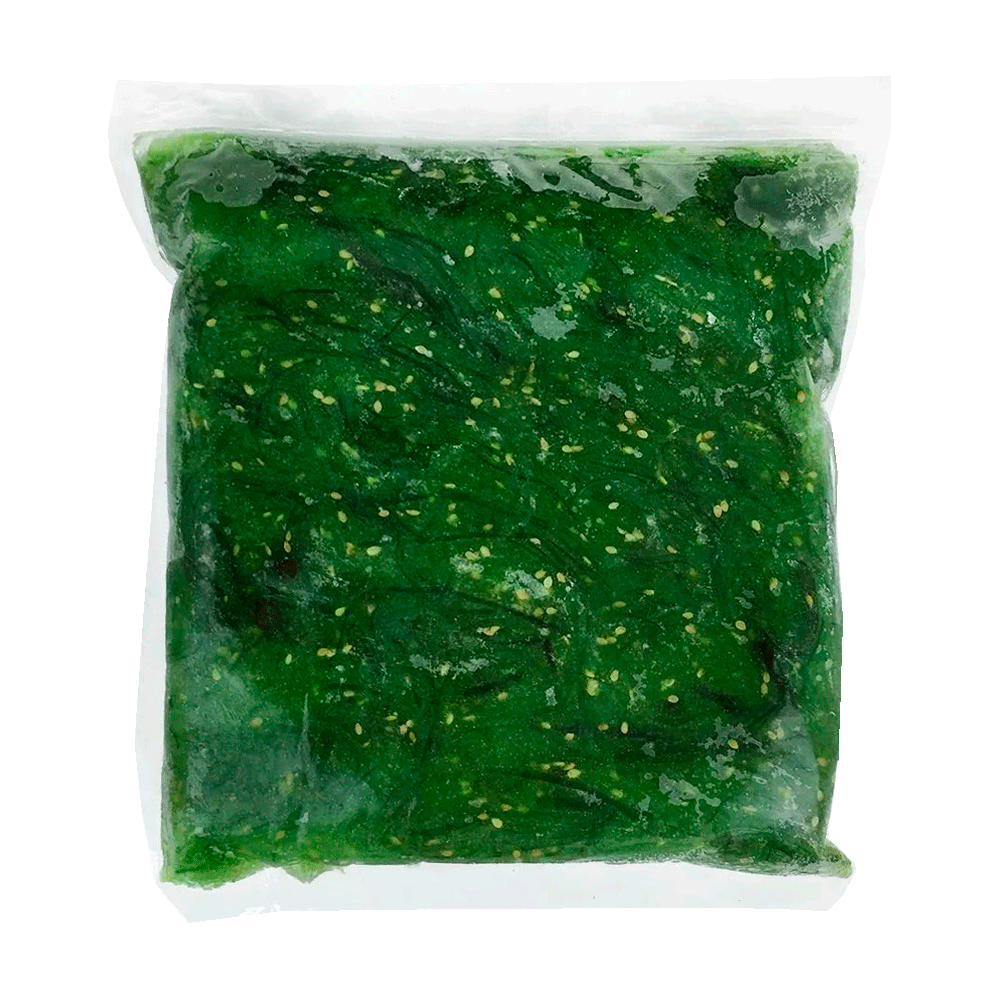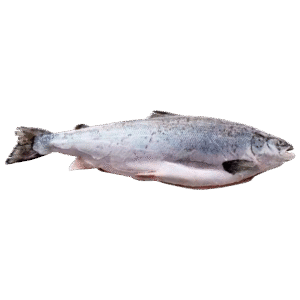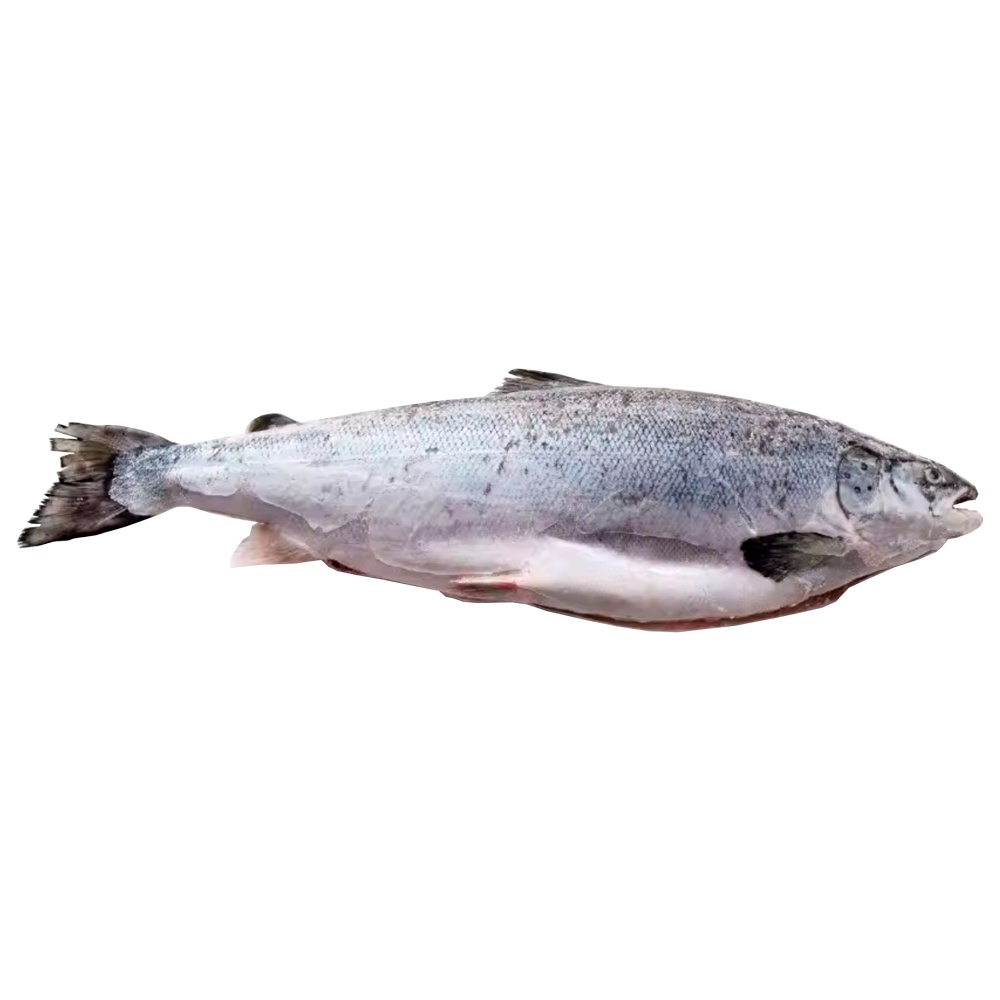Description
Fugu (puffer fish) is a Japanese delicacy prized for its unique flavor. However, due to the powerful neurotoxin tetrodotoxin in its internal organs (liver, ovaries, skin, and testicles), the fish can be deadly.
Fugu belongs to the genus Takifugu. In Japan, it is prepared by specially trained and licensed chefs. Despite its potential dangers, fugu is considered a seasonal winter delicacy.
Fugu is often prepared as sashimi – thinly sliced raw fish – and is also used in other dishes such as karaage (fried fish) or hot pot.
Fugu season runs from September to March, when the fish is at its least toxic. At this time, its liver contains the least amount of tetrodotoxin, a dangerous neurotoxin. From April to June, the toxin levels in the liver and ovaries of fugu increase, making its consumption risky.
Farmed fugu is generally less toxic than wild fugu. This is due to controlled diets that reduce tetrodotoxin levels. Farmed fugu is safe to eat, but must be prepared under the supervision of a licensed chef.

